-
×

-
×

-
×
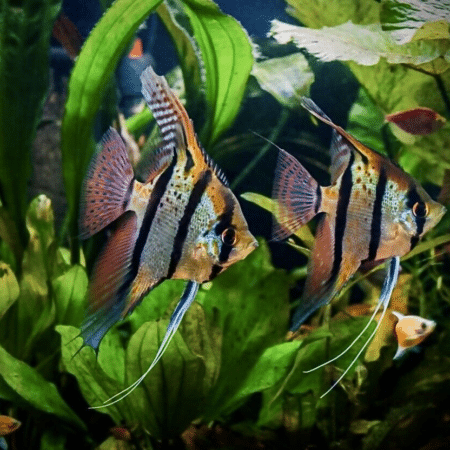
-
×
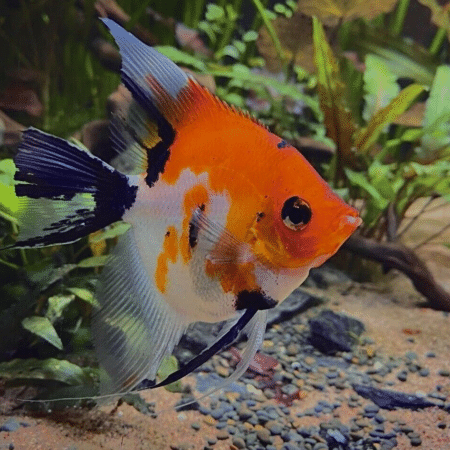
Subtotal: £71.43

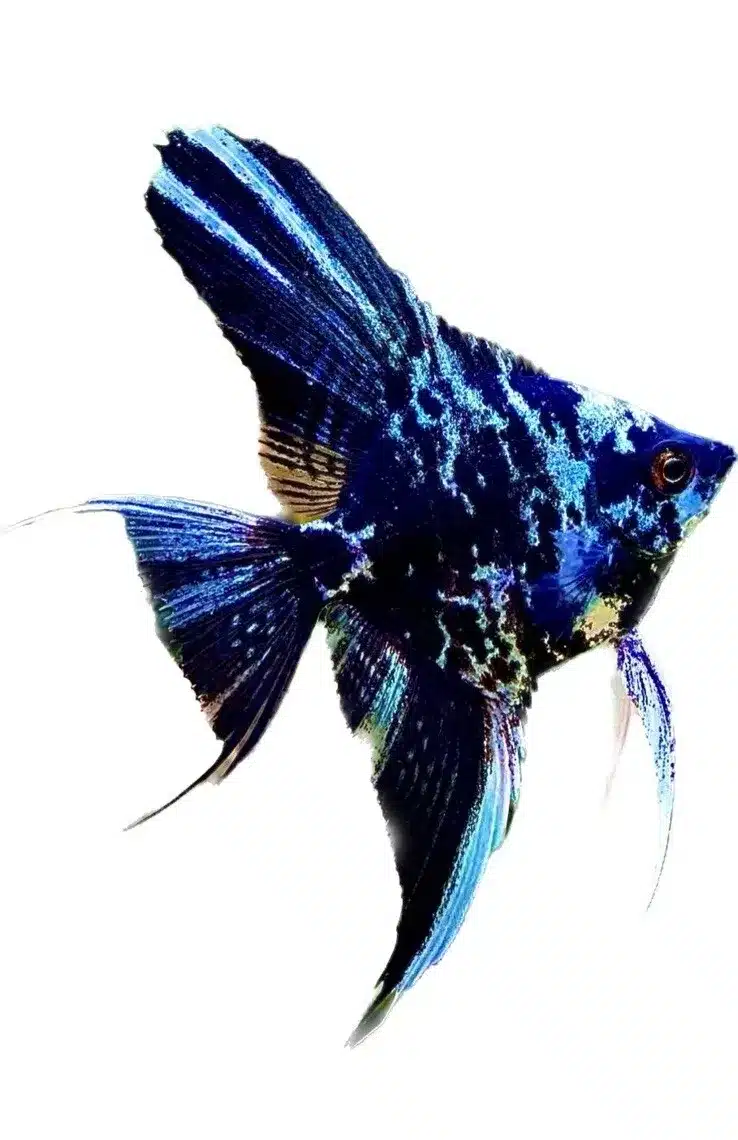


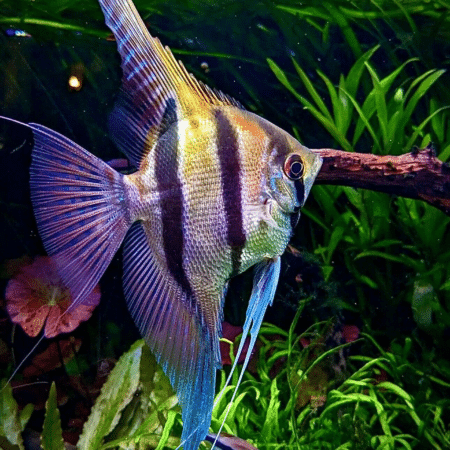

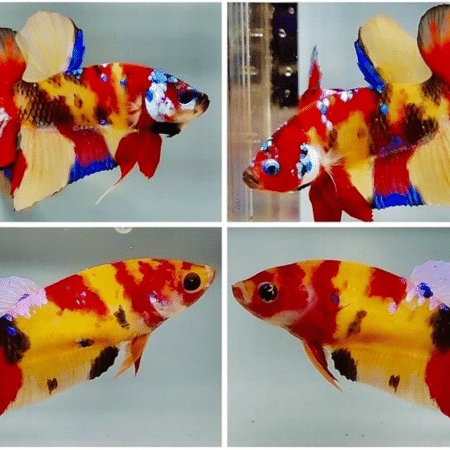

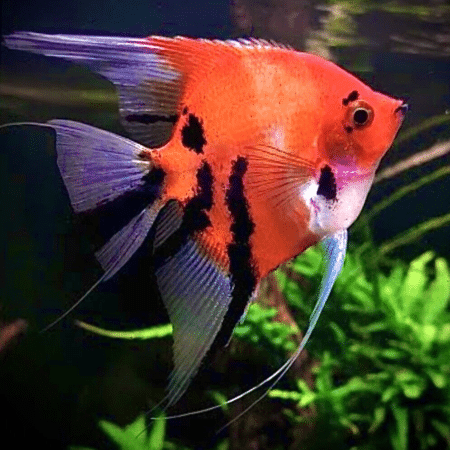

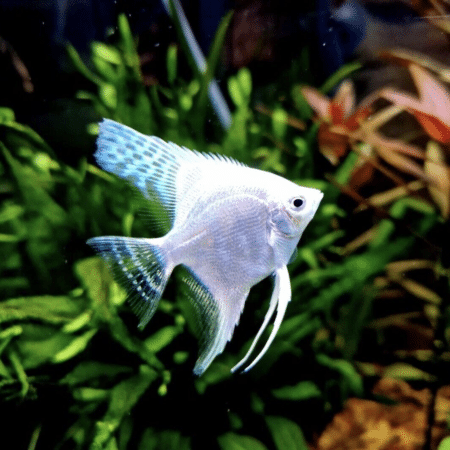


Emily Carter (verified owner) –
I recently purchased the 2 X Marble Angelfish mix and I couldn’t be more thrilled! As a passionate aquarium hobbyist, I have kept various freshwater fish, but these little beauties are something special. After just a week in my 55-gallon tank, they have settled in wonderfully and have become the stars of the show. Their captivating patterns and graceful movements add so much life to my aquarium. I’ve housed them with my neon tetras, and they coexist beautifully.
One of my favorite observations is how they interact with each other; they are definitely a dynamic pair! The size of 2-4 cm is perfect for my tank, and I’ve noticed the male displaying vibrant colors as he establishes his territory. I did have a minor concern about their initial shyness, but that quickly faded once they got used to their new home.
For anyone considering adding angelfish to their collection, I wholeheartedly recommend these marble angelfish. They’re perfect for both beginners and experienced enthusiasts alike. Just be sure to monitor water parameters to keep them happy and thriving. Shipping was prompt, and they arrived healthy and vibrant. I would definitely buy again!